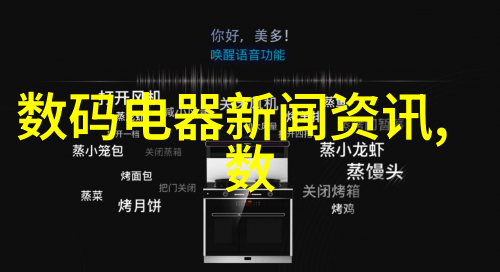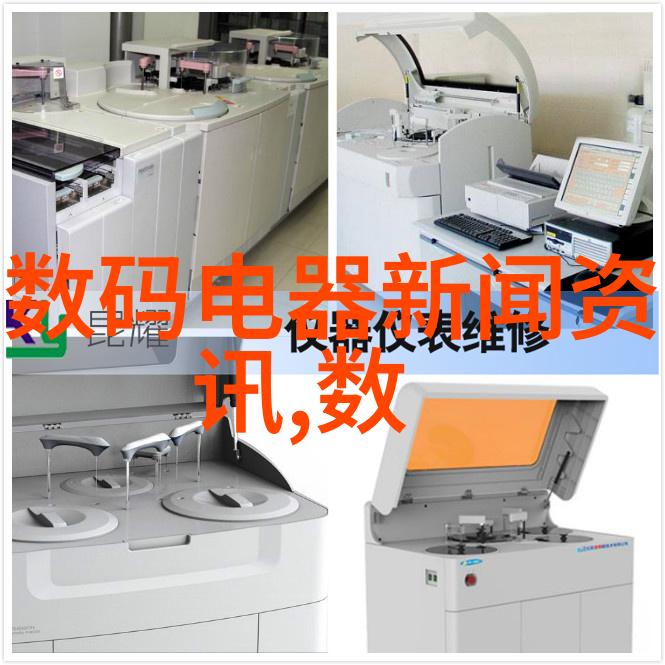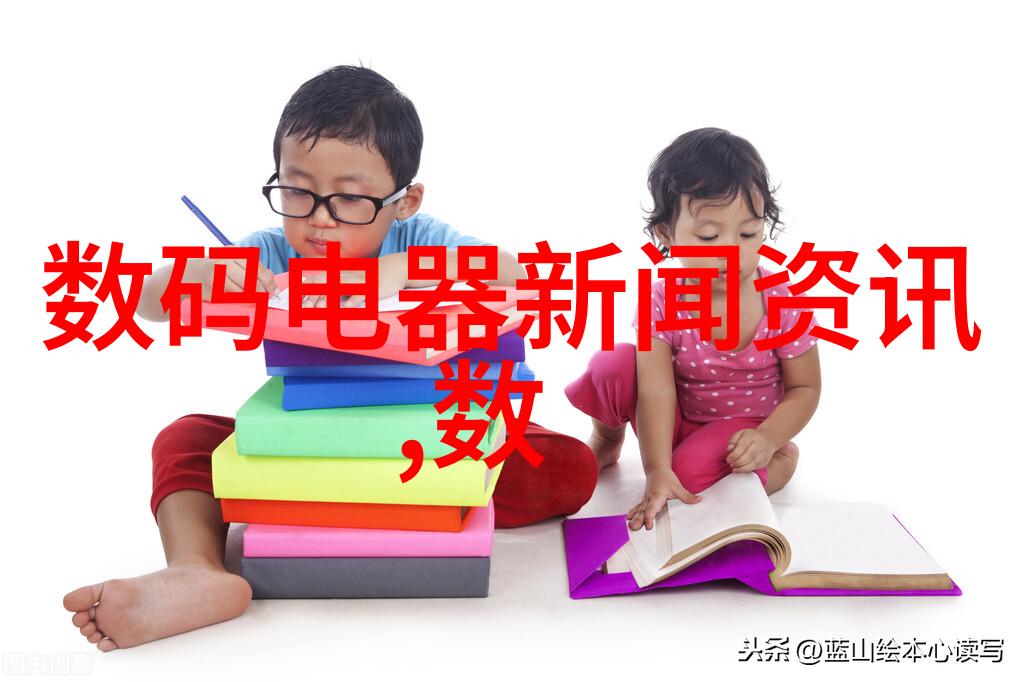尾气回收工艺流程图研究系统优化与环境友好性分析
尾气回收工艺流程图研究:系统优化与环境友好性分析
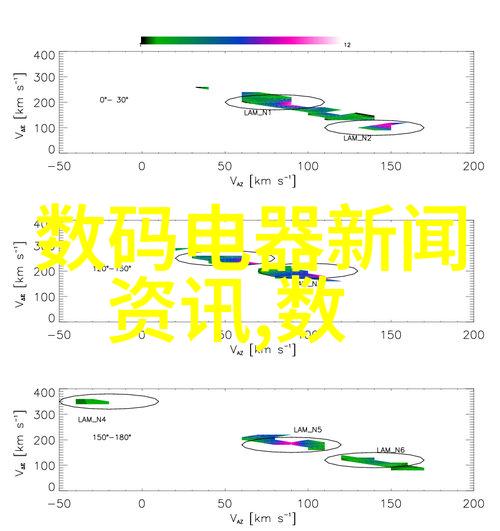
引言
在现代工业生产中,尾气污染问题日益突出。随着环保法规的不断严格,对于企业来讲,如何高效、经济地处理和回收废气成为了一个重要课题。尾气回收工艺流程图作为一种技术手段,为企业提供了一种有效的解决方案。本文旨在对此进行深入研究,并探讨其在系统优化中的应用。
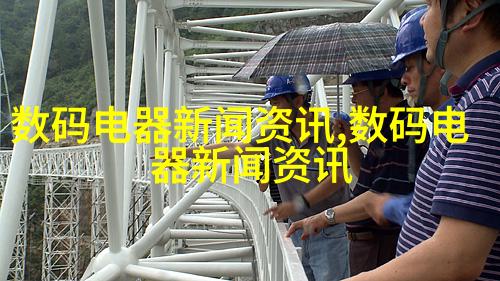
尾气回收工艺流程图概述
尾气回收工艺流程图是指通过一定的物理化学过程,将废气中的有害物质转化为无害或有价值产品的一系列操作步骤。在这个过程中,首先需要对废气进行预处理,以去除大颗粒物和湿度;然后通过一系列催化剂或吸附剂将杂质捕捉并转化;最后将处理后的废气释放至大气,或作为原料再次利用。

系统设计与优化
在设计尾气回收工艺流程图时,必须考虑到多方面因素,如设备选择、操作条件、能耗消耗等。系统设计应基于实际情况进行定制,以确保效率最高,同时满足环保标准。此外,还需考虑到未来可能出现的问题,并采取相应措施以实现长期稳定运行。

环境友好性分析
环境友好性的评估是评价任何技术方案的一个重要方面。在尾气回收工艺流程中,可以通过减少污染物排放量、提高资源利用率以及降低能源消耗等方式来提升其环境友好性。同时,也要关注是否存在潜在的副作用,以及这些副作用对环境造成的影响程度。
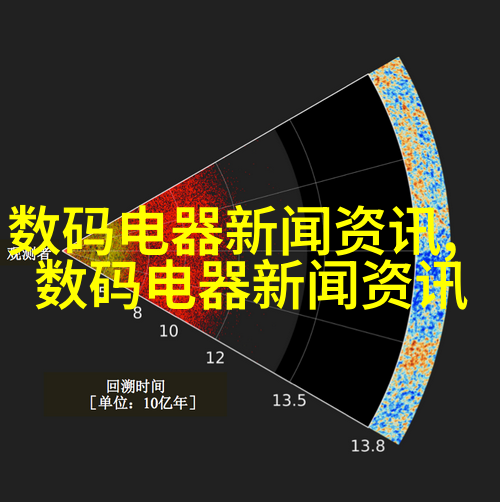
应用案例分析
实际应用中,有许多成功案例可以参考,比如某电解铝厂采用了改进型循环冷却塔和活性炭过滤器,在节约能源同时显著降低了二氧化硫和苯系类挥发油(VOCs)的排放。此外,一些新型催化剂也被证明能够更高效地分解甲醛等有机污染物,从而显著提高了整体处理效果。
结论与展望
综上所述,tail gas treatment technology play a crucial role in the reduction of air pollution and the conservation of resources, as it enables industries to convert waste into valuable products while minimizing environmental impacts.The design and optimization of tail gas recovery process flowcharts are critical for achieving maximum efficiency and compliance with environmental regulations.
In conclusion, further research is needed to explore new technologies and methods for improving tail gas recovery processes, particularly in terms of reducing energy consumption, increasing resource utilization rates, and mitigating potential negative effects on the environment.Finally, the implementation of these technologies will require close collaboration between industry stakeholders, researchers, policymakers and regulatory agencies to ensure their effective deployment at scale.
参考文献
[1] Wang X., Zhang J., & Liang Y., (2019). Tail Gas Recovery Process Optimization Based on Multi-Objective Genetic Algorithm[J]. Journal of Cleaner Production.
[2] Kumar S., Singh R.K., & Srivastava V.K., (2020). A Review on Waste Heat Recovery Technologies for Power Generation[J]. Renewable & Sustainable Energy Reviews.
[3] Chen H.H., Chang E.E., & Lin C.Y.III.(2018). Experimental Study on Adsorption Properties of Activated Carbon for VOCs Removal from Industrial Wastewater[J]. Journal Water Resources Technology.
本文结束
